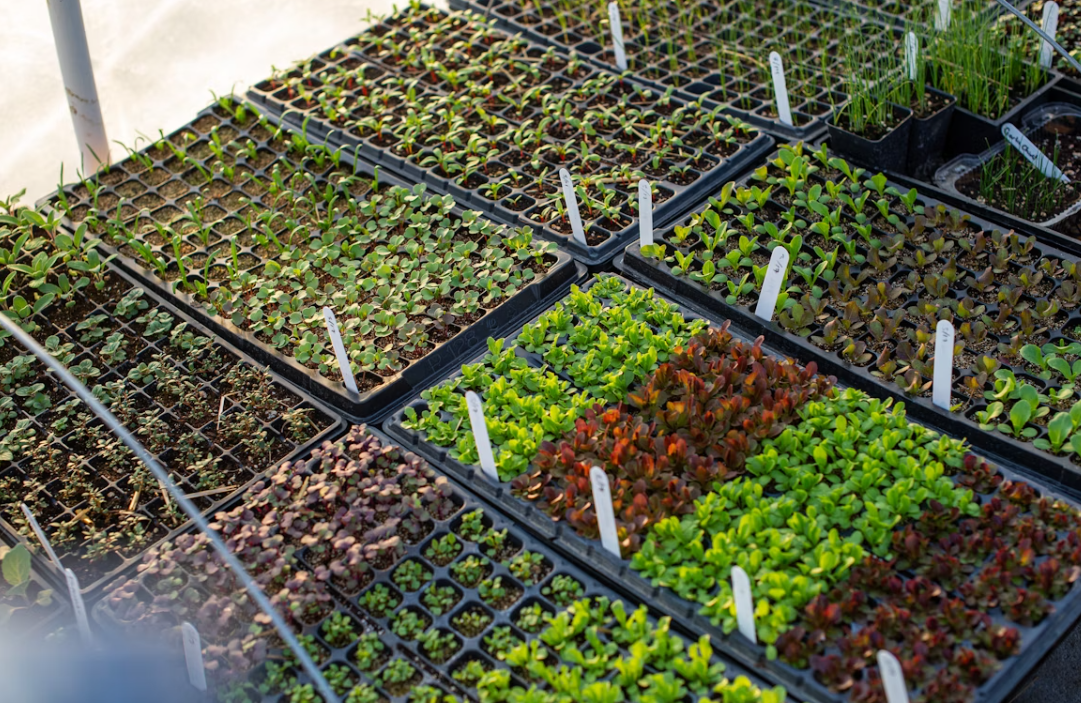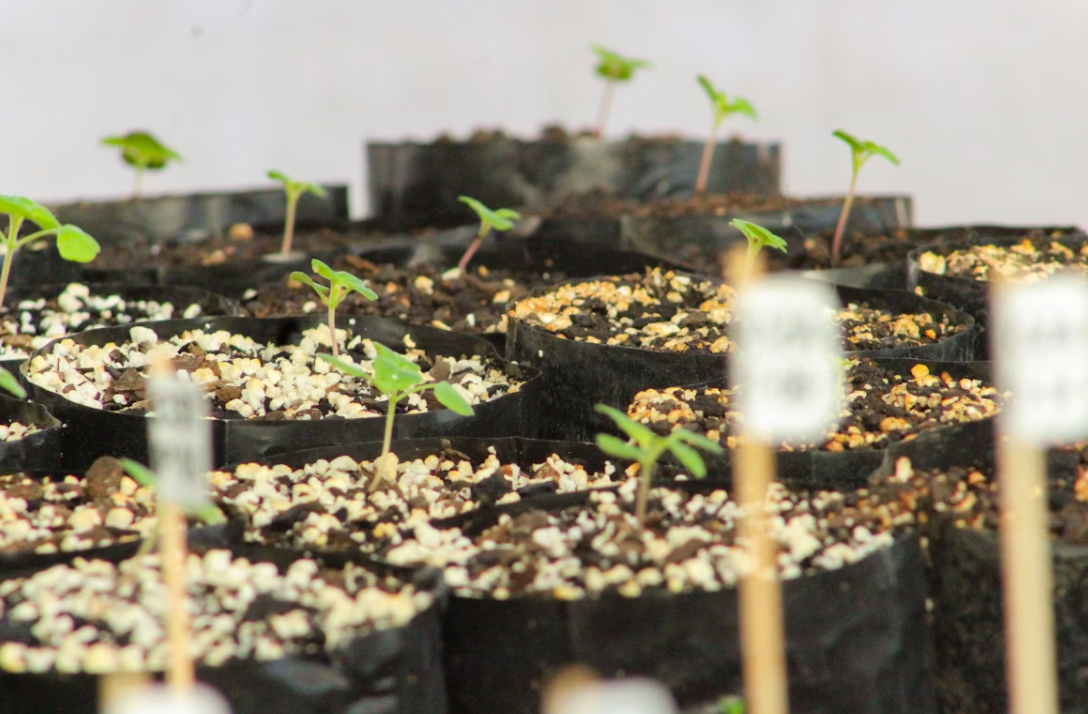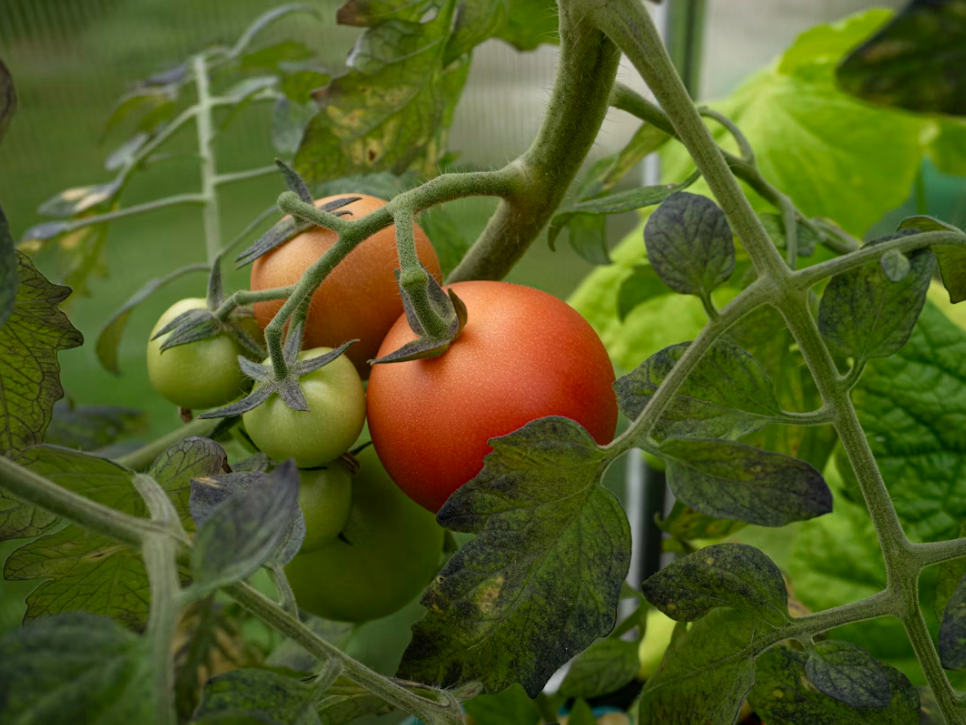Strawberries are a global favorite, but their traditional growing season is frustratingly short. For commercial growers and passionate horticulturists, the solution is clear: move them indoors. Greenhouse strawberry cultivation is more than just a way to extend the season; it's a method for achieving superior control, higher yields, and premium quality fruit that can command top market prices.
Whether you're a commercial farmer looking to diversify or a serious hobbyist aiming for the perfect year-round harvest, this guide is your definitive resource. We will walk you through every step of the process, from designing your greenhouse environment to harvesting sweet, succulent berries.

Why Grow Strawberries in a Greenhouse? The Competitive Edge
Before we dive into the "how," let's establish the "why." Shifting from open-field to greenhouse cultivation offers transformative advantages.
Year-Round Production: The most obvious benefit is the ability to escape seasonal limitations. With a controlled environment, you can produce multiple harvest cycles per year, supplying fresh strawberries for lucrative off-season markets like Christmas and Valentine's Day.
Superior Fruit Quality: By protecting plants from rain, wind, and extreme weather, you significantly reduce blemishes, rot, and physical damage. Greenhouse-grown strawberries are often cleaner, more uniform, and have a longer shelf life.
Increased Yields: Optimized growing systems, such as vertical or tabletop hydroponics, allow for higher planting densities than traditional field rows. Combined with ideal climate and nutrition, this leads to a dramatic increase in yield per square meter.
Efficient Resource Management: Controlled environments enable precision agriculture. Water and nutrients are delivered directly to the root zone via drip irrigation and fertigation, minimizing waste. This reduces your environmental footprint and lowers operational costs.
Integrated Pest and Disease Control: A closed environment acts as a physical barrier against many common pests and diseases. This makes it easier to implement an Integrated Pest Management (IPM) program, relying on beneficial insects and biological controls rather than harsh chemical pesticides.
Phase 1: Setting Up Your Greenhouse for Success
Your success begins with the right foundation. A well-designed greenhouse is a machine for growing, and every component plays a critical role.
Choosing the Right Structure
The ideal structure depends on your climate, scale, and budget.
Poly-Tunnel (Hoop House): An affordable option, great for temperate climates. They are excellent for season extension but may require more robust heating and cooling systems for year-round production in extreme climates.
Glasshouse: The premium choice. Glass offers the best light transmission and longevity. While the initial investment is higher, glasshouses provide a stable, bright environment ideal for high-quality fruit production.
Polycarbonate Greenhouse: A strong compromise. Polycarbonate panels offer excellent insulation (better than single-pane glass) and diffuse light, which can prevent scorching and promote even growth.
Climate Control: The Heart of the Operation
Mastering the climate is mastering the crop. Strawberries are sensitive, and your ability to manage their environment directly impacts flowering, fruit set, and sugar development.
Temperature: Strawberries thrive in moderate temperatures.
Daytime: 18-24°C (65-75°F) is optimal for photosynthesis and growth.
Nighttime: 10-13°C (50-55°F) is crucial for flower induction and energy conservation.
Essential Equipment: You will need a reliable heating system for winter and a robust ventilation system (ridge vents, side vents, and circulation fans) for summer cooling. Shade cloths are also essential to prevent overheating on intensely sunny days.
Humidity: Managing relative humidity (RH) is critical for preventing fungal diseases.
Optimal Range: 60-75% RH.
High Humidity (>85%): Creates a breeding ground for botrytis (grey mold) and powdery mildew.
Low Humidity (<50%): Can stress the plants and hinder pollination.
Control: Proper ventilation is the primary tool for reducing humidity. Dehumidifiers may be necessary in tightly sealed, humid climates.
Lighting: Light is energy. For off-season production, supplemental lighting is non-negotiable.
Requirement: Strawberries need a specific photoperiod (day length) to initiate flowering. Most varieties require 12-16 hours of light per day.
Technology: High-Pressure Sodium (HPS) lamps have been the standard, but modern LED grow lights are now superior. LEDs are more energy-efficient, produce less heat, and allow you to customize the light spectrum to optimize vegetative growth and flowering.
Phase 2: Variety Selection and Planting
Not all strawberries are created equal. Choosing the right variety for your system and market is a key decision.
Understanding Strawberry Types
Day-Neutral Varieties: These are the preferred choice for year-round greenhouse production. They flower regardless of day length, as long as temperatures are favorable. This allows for a continuous, steady harvest.
Popular Varieties: Albion, Seascape, Monterey, Murano.
Everbearing Varieties: These typically produce two to three main crops per year (spring, summer, and fall). They are a good option for season extension but less suited for continuous winter production.
Popular Varieties: Ozark Beauty, Fort Laramie.
June-Bearing Varieties: These produce one large crop in late spring/early summer. They are generally not recommended for greenhouse systems focused on continuous production.
Planting Systems: From Soil to Hydroponics
Tabletop/Gutter Systems: This is the most popular commercial method. Plants are grown in troughs or containers filled with a soilless substrate (like coco coir or peat moss) placed on raised benches. This ergonomic system makes maintenance and harvesting easier and improves air circulation around the plants, reducing disease.
Vertical Farming: To maximize space, plants can be grown in vertical towers or stacked layers. This requires a sophisticated hydroponic or aeroponic system but offers the highest possible plant density.
Hydroponic NFT/DFT: Nutrient Film Technique (NFT) or Deep Flow Technique (DFT) systems grow plants with their roots directly in a shallow stream of nutrient-rich water. These systems offer precise control but require careful management of pH and nutrient levels.
Planting Tip: Whether you start from dormant bare-root plants or plugs, ensure the crown (the point where leaves emerge) is planted exactly at the surface of the substrate. Planting too deep will cause it to rot; planting too shallow will cause the roots to dry out.

Phase 3: The Cultivation Cycle - Nurturing Your Crop
With your system in place, the focus shifts to daily and weekly management.
Irrigation and Fertigation: Precision Feeding
"Fertigation" is the technique of supplying dissolved nutrients to the plants through the irrigation system. It's the cornerstone of high-yield greenhouse farming.
Watering: The substrate should be kept consistently moist but never waterlogged. Overwatering is a leading cause of root rot. Use drip irrigation to deliver water directly to the base of each plant. The frequency will depend on your substrate, plant size, and climate, so check moisture levels daily.
Nutrient Solution: A balanced nutrient solution is vital. Strawberries have specific needs that change throughout their life cycle.
Vegetative Stage: Higher nitrogen (N) to encourage leaf and runner growth.
Flowering and Fruiting Stage: Higher potassium (K) and phosphorus (P) to support flower development, fruit set, and sugar production. Calcium (Ca) is also critical for fruit firmness.
Monitoring: Regularly measure the pH and Electrical Conductivity (EC) of your nutrient solution.
pH: Aim for a range of 5.5 - 6.2. This ensures all nutrients are available for uptake by the roots.
EC: This measures the total concentration of nutrients. Adjust it based on the growth stage, from around 1.2 mS/cm for young plants to 2.0-2.4 mS/cm during peak fruiting.
Pollination: The Unsung Hero
While some strawberry varieties are self-fertile, they require assistance for full, uniform pollination. Poorly pollinated flowers result in small, misshapen berries.
Bumblebees: The gold standard. A hive of bumblebees placed inside the greenhouse provides highly effective and continuous pollination. They work in cooler, cloudier conditions than honeybees.
Manual Pollination: For smaller operations, you can gently transfer pollen between flowers using a soft artist's brush or by creating air movement with a leaf blower on a low setting.
Integrated Pest Management (IPM)
A proactive IPM strategy is essential for sustainable, low-chemical production.
Scouting: Regularly inspect your plants (especially the undersides of leaves) for early signs of pests like spider mites, thrips, and aphids.
Biological Controls: Release beneficial insects that prey on pests. For example, Phytoseiulus persimilis is a predatory mite that devours spider mites.
Environmental Control: Keep humidity in check to prevent fungal diseases like powdery mildew and botrytis. Ensure good air circulation and promptly remove any diseased leaves or fruit.
Phase 4: Harvest and Post-Harvest Handling
This is the moment you've been working towards. Proper harvesting and handling preserve the quality you've so carefully cultivated.
When to Harvest
Timing is Everything: Harvest in the cool of the morning when the berries are firm and sugar levels are high.
Color is Key: Pick berries that are at least 75% red. For immediate sale, you can wait for full, uniform color. Strawberries do not ripen further after being picked.
Technique: Gently grasp the stem about 1-2 cm above the berry and pinch it off. Avoid pulling on the berry itself, as this can cause bruising. Place them carefully into shallow trays to prevent crushing.

Post-Harvest Care
Pre-Cooling: The most critical step. Immediately after harvest, move the berries to a cold room to rapidly bring their temperature down to 2-4°C (35-39°F). This process, known as pre-cooling, removes field heat and dramatically slows down respiration, extending shelf life from days to over a week.
Storage and Transport: Store and transport the strawberries at a constant cool temperature and high humidity (90-95%) to prevent water loss and shriveling.
By following this comprehensive guide, you are well-equipped to embark on the rewarding journey of greenhouse strawberry cultivation. It is a practice that blends agricultural art with scientific precision, but the result—a year-round supply of perfect, delicious strawberries—is well worth the effort.

Copyright ©Kunyu Greenhouse Co., Ltd. All Rights Reserved | Sitemap